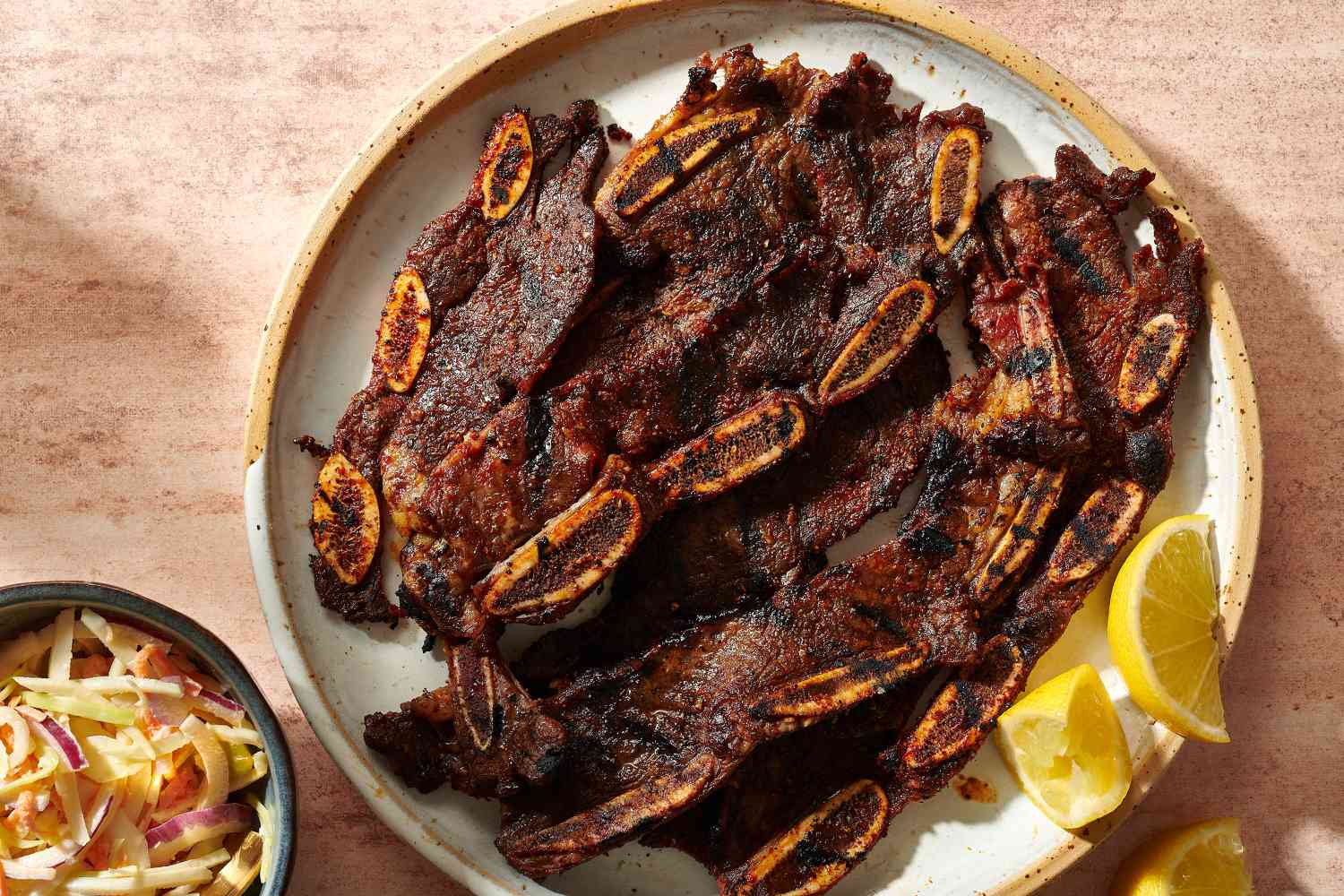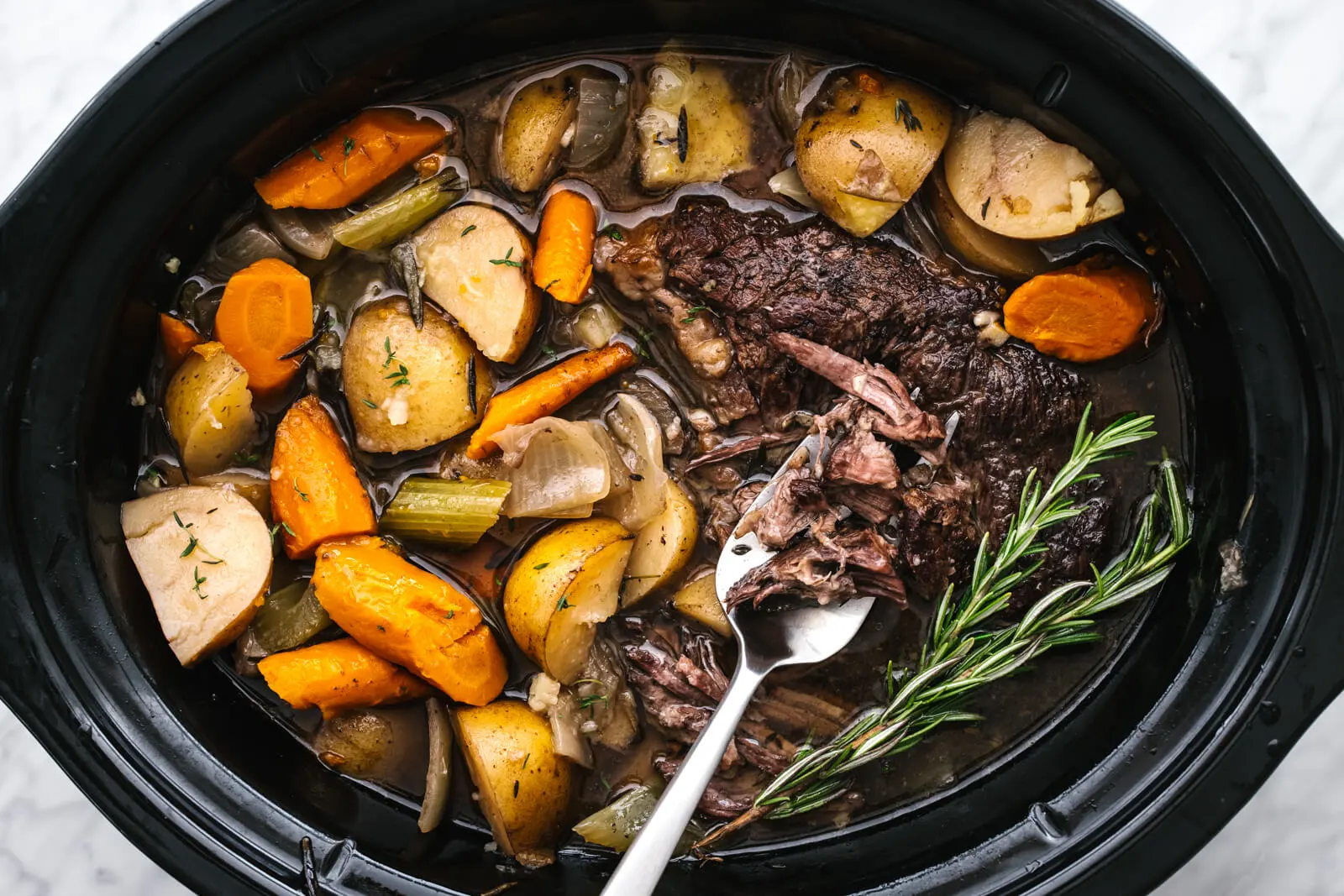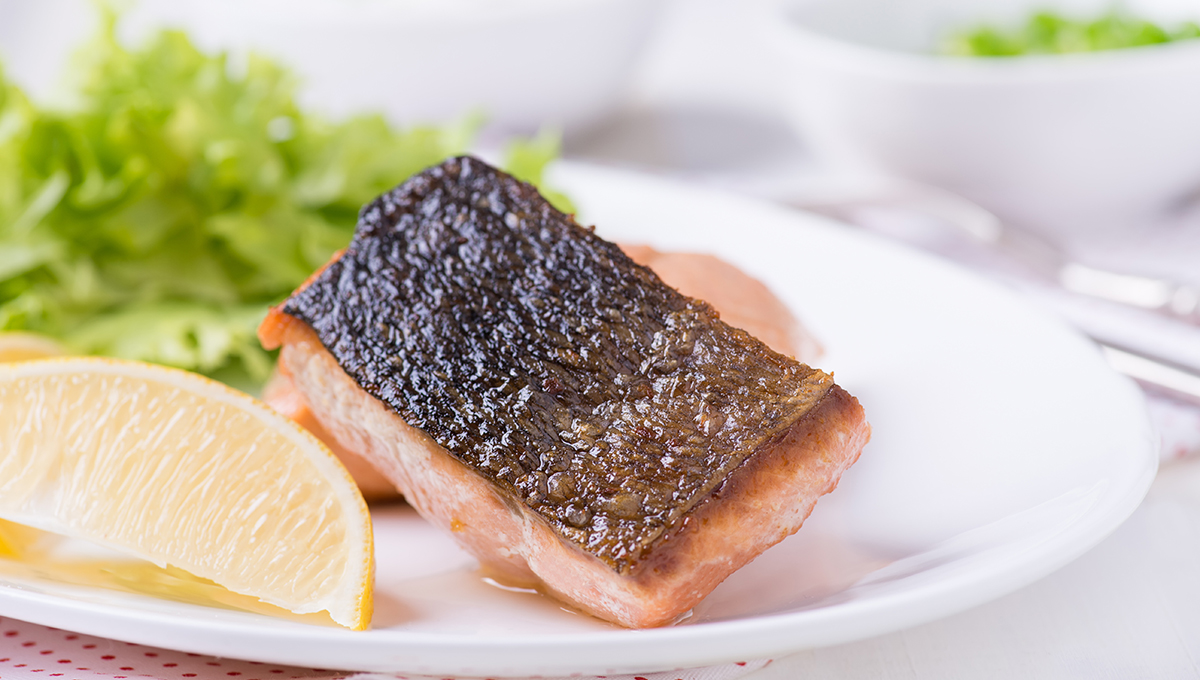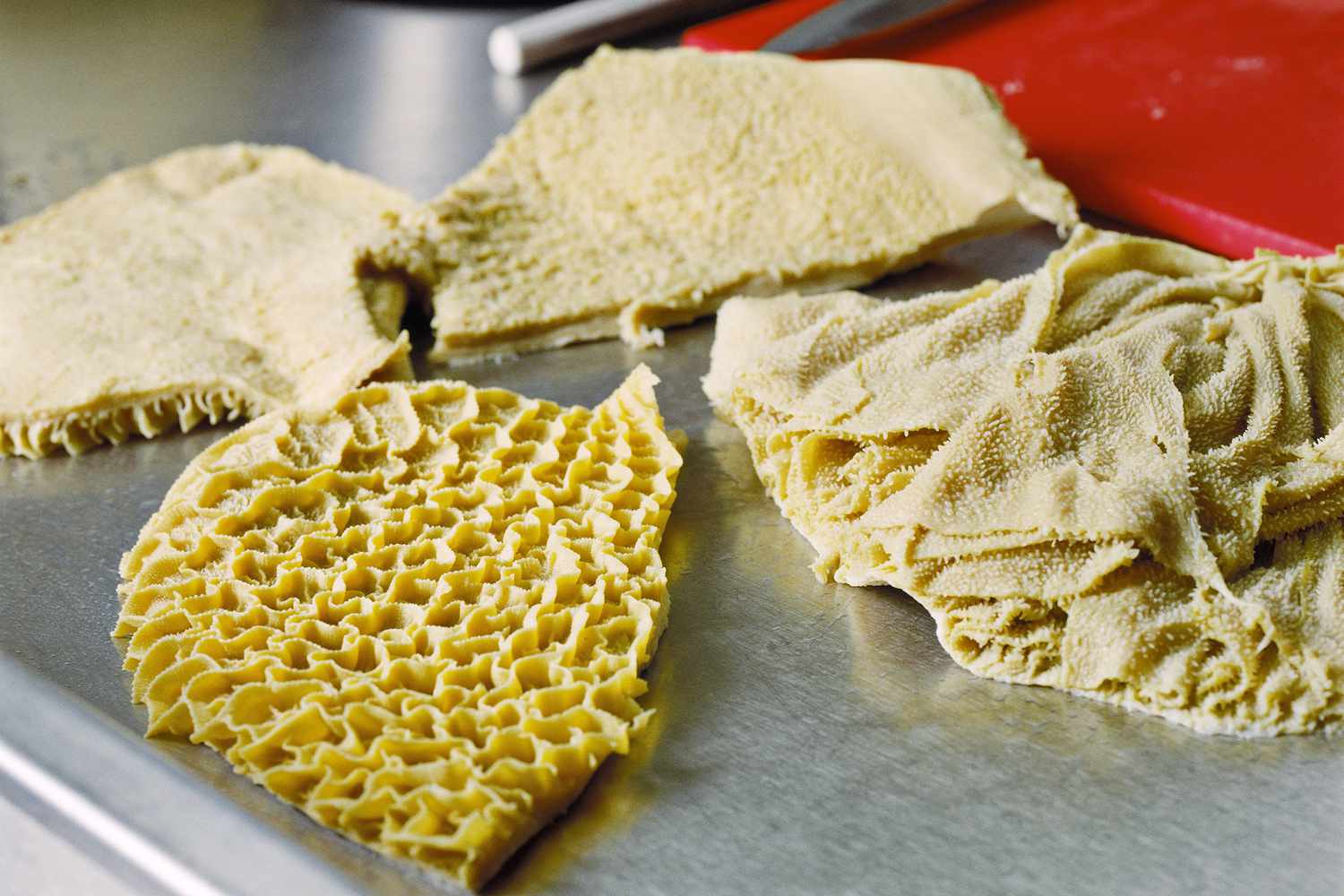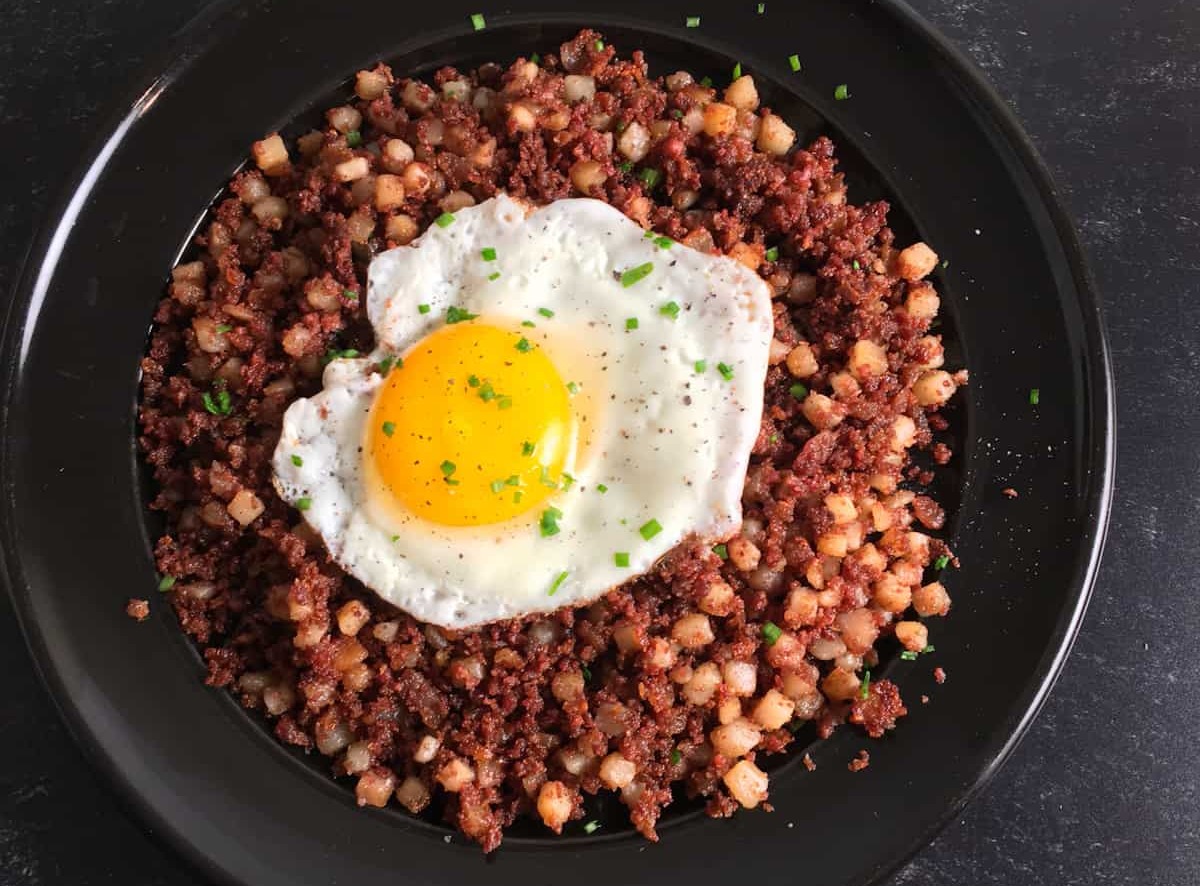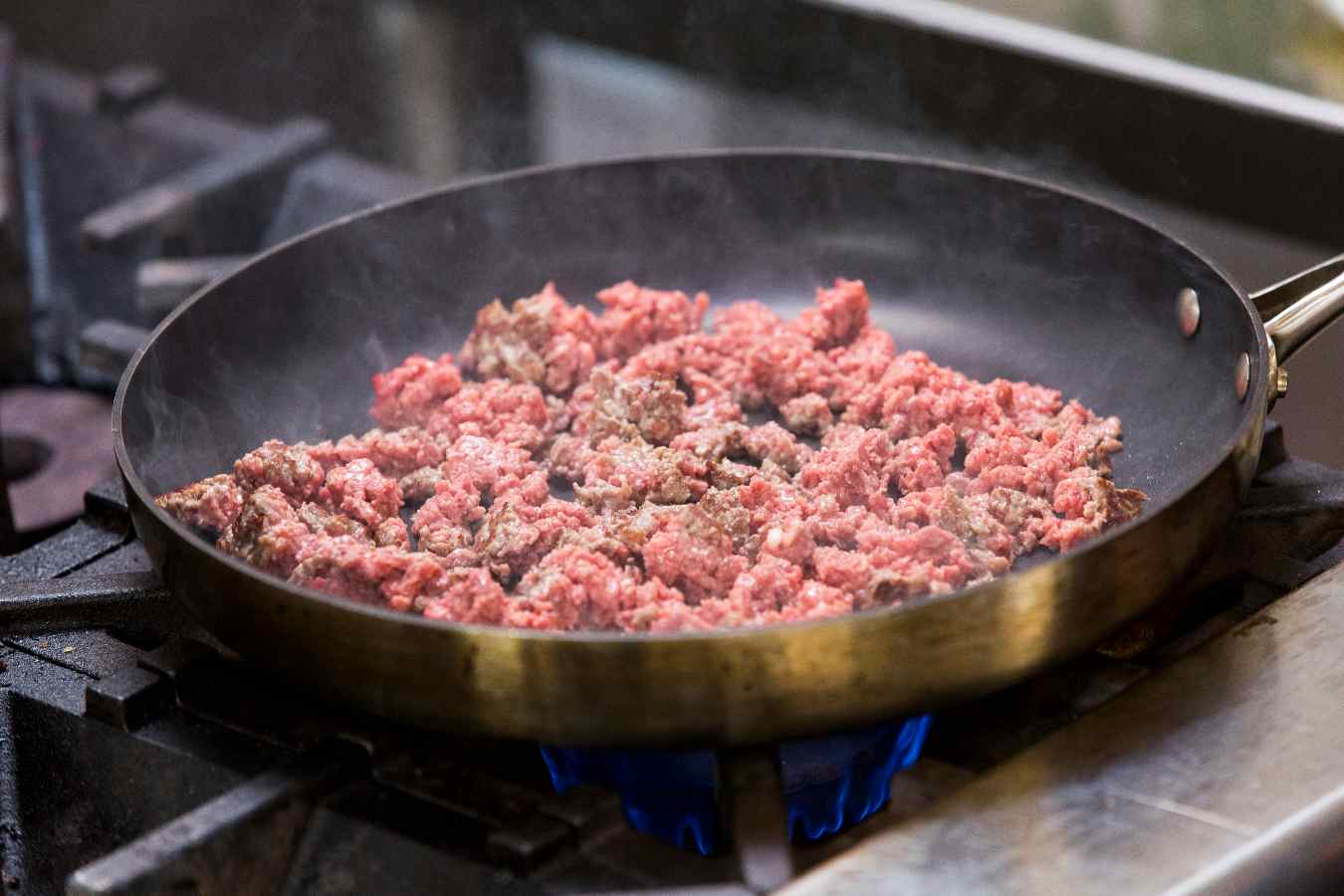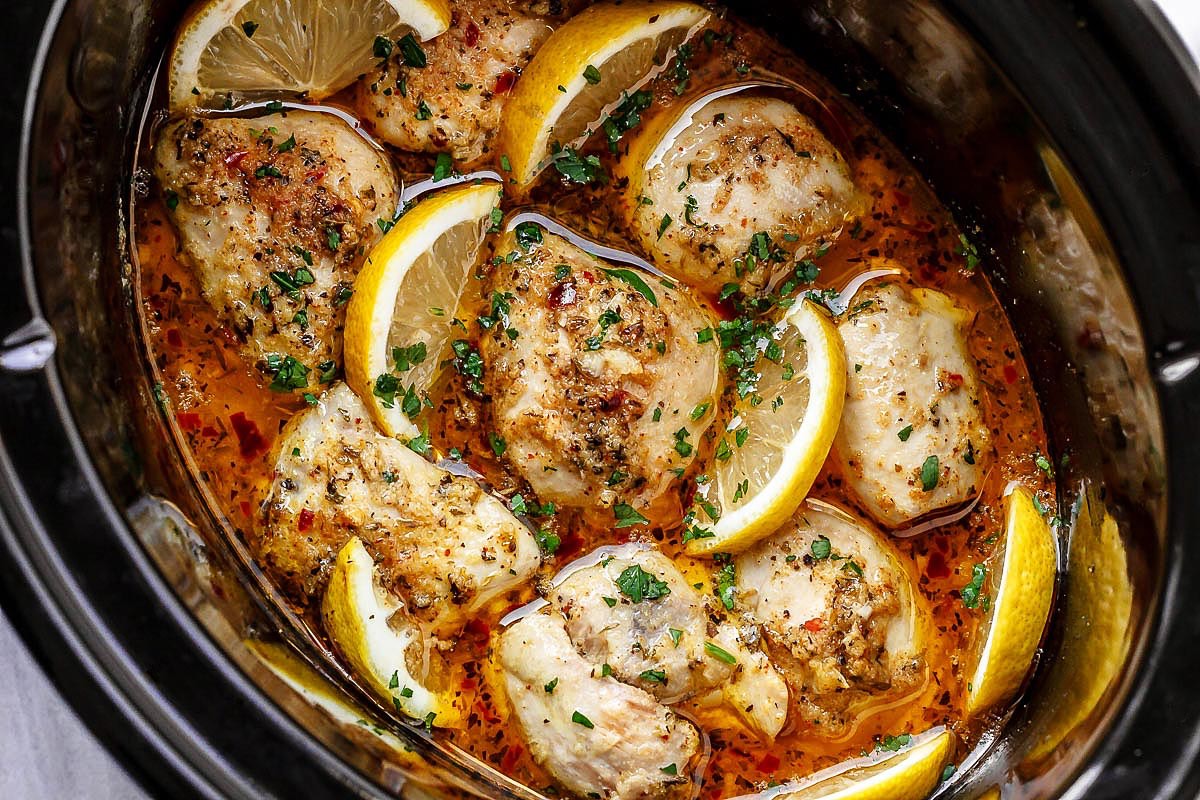How To Cook Beef Liver For Dogs
As a responsible dog owner, you want to provide your furry friend with the best nutrition possible. Adding organ meats like beef liver to their diet can be highly beneficial as it is rich in essential nutrients. In this guide, we will walk you through the process of cooking beef liver for dogs, ensuring they get a tasty and nutritious meal.
Why Choose Beef Liver?
Beef liver is a nutrient powerhouse for dogs. It is packed with essential vitamins and minerals, including vitamin A, B vitamins, iron, and zinc. These nutrients play a crucial role in maintaining your dog’s overall health, promoting healthy skin and coat, supporting a strong immune system, and aiding in proper digestion. Plus, dogs absolutely love the taste of beef liver, making it a popular choice for homemade dog treats.
Getting Started
Before you start cooking beef liver for your dog, it’s important to choose high-quality, fresh liver from a reputable source. Look for organic or grass-fed beef liver to ensure the highest nutritional value and avoid any potential harmful additives or chemicals.
Ingredients:
- 1 pound of beef liver
- Water for boiling
- Optional: Dog-friendly seasonings like turmeric or parsley
Instructions:
- Start by rinsing the beef liver under cold water to remove any excess blood.
- Next, place the liver in a large pot and cover it with water.
- Bring the water to a boil over medium heat and let the liver cook for about 15-20 minutes or until it is cooked through.
- Remove the liver from the pot and let it cool.
- Once cooled, cut the liver into small, bite-sized pieces.
- If desired, you can sprinkle some dog-friendly seasonings like turmeric or parsley to enhance the flavor.
- Store the cooked beef liver in an airtight container in the refrigerator for up to five days or freeze it for longer storage.
Serving Suggestions:
You can serve the cooked beef liver as a standalone treat or mix it with your dog’s regular food to add a nutrient boost. Remember, moderation is key, and it’s important to consider the size and specific dietary needs of your dog. Always consult with your veterinarian before making any significant changes to your dog’s diet.
Conclusion
Cooking beef liver for your dog is a great way to provide them with a tasty and nutritious meal. By following these simple steps, you can confidently prepare this organ meat and offer your furry companion a delicious and beneficial treat. Remember, a healthy diet plays a vital role in your dog’s overall well-being, so be sure to incorporate a variety of nutritious foods into their meals.
Was this page helpful?
Read Next: How To Cook Turkey Bacon In A Pan
